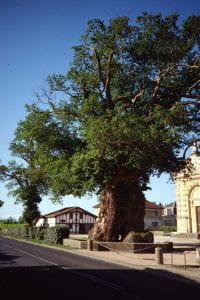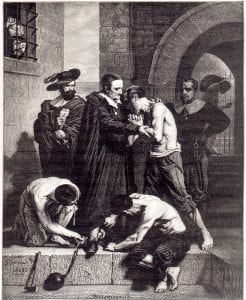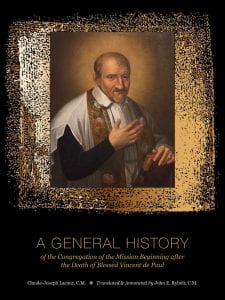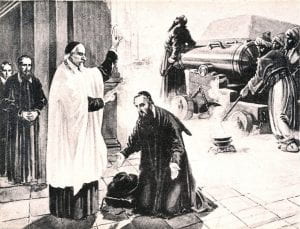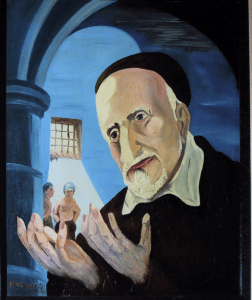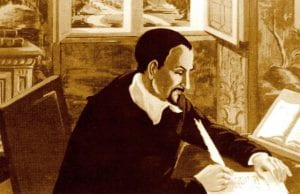 “The works of God have their moment; His Providence brings them about at that time and neither sooner nor later… Let us wait patiently but let us act, and, so to speak, let us make haste slowly.…”(1)
“The works of God have their moment; His Providence brings them about at that time and neither sooner nor later… Let us wait patiently but let us act, and, so to speak, let us make haste slowly.…”(1)
Interfaith Youth Core Founder and President Eboo Patel has described the time in which we live as a “molten era, a time of both danger and possibility.”(2) Certainly many of us have felt this throughout the pandemic, the protests that took place over the past summer, and this fall’s election season. Perhaps you even felt that way before all these momentous events began to occur at once.
One of the cautions attributed to the Prophet Muhammad was not to “curse the time,” for God is the owner and controller of time. This corresponds with the Qur’anic guidance that “It could be that you dislike something, when it is good for you; and it could be that you like something when it is bad for you. God knows, but you do not.”(3) The point is to be careful about hasty impressions, and also to remember that sometimes events that are difficult for us can bring good. It also reminds us that there are times we should undertake actions which are difficult for us but prove beneficial and important.
Vincentian spirituality reflects similar pragmatic and action-oriented wisdom, well suited to the current time. Contrary to misplaced understandings of fate or divine decree across many traditions, the Vincentian conception of Providence calls us to action. At the same time, it guards against panic and despair. In speaking of Providence, Vincent often stressed that there was a correct time for things and that they shouldn’t be rushed. This was often addressed to those struggling with impatience. Vincent encouraged them to see the wisdom in careful, reflective decision-making and an appreciation for the ripeness of undertakings or endeavors. The creative tension inherent in this mindset is reflected in St. Vincent’s directive “Let us wait patiently but let us act, and so to speak, let us make haste slowly…”(4)
One of the gifts of Vincentian spirituality, as well as other worldviews that emphasize the role of Divine Providence, is to understand the “molten” nature of almost any situation in which we find ourselves. We learn to see the circumstances of the world around us as invitations from a divine source calling for action on our part, both individually and collectively. At the same time, cultivating an awareness of God’s loving care for each of us, and all of creation, can help bring about a calmness of heart even in the face of recognizing our limitations and lack of control over outcomes. This makes the decisions we take and the collective actions we embark upon more powerful, effective, and sustainable.
What are some decisions that you are struggling with currently? What are actions that you have resolved to take to address the invitations the world is offering you? What will bring rest to your heart considering everything going on in our society and in the world that will sustain you over the long run?
——————————————————————-
1) Letter 1890, To Étienne Blatiron, In Rome, 9 July 1655, CCD, 5:400.
2) Eboo Patel, Diversity Is Not Just the Differences You Like: Multicultural Leadership in the Age of Identity Politics (Beacon Press, Forthcoming 2021).
3) Qur’an 2:216.
4) Letter 1890, CCD, 5:400.
Reflection by: Abdul-Malik Ryan, Assistant Director for Religious Diversity & Pastoral Care and Muslim Chaplain
